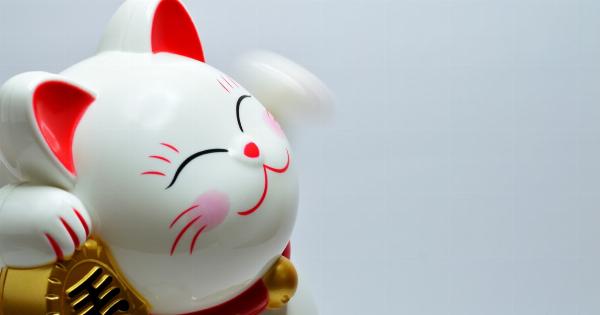Everyone experiences ache from time to time. Ache can be an indication of a more severe problem or merely a temporary condition.
With so many misconceptions surrounding ache, it’s essential to understand what it is, what causes it, and how to manage it adequately.
What is ache?
Ache is a broad term that describes any type of pain, from minor discomfort to severe, excruciating pain. It can affect different parts of the body, including the head, back, joints, muscles, and stomach.
Ache can be chronic, intermittent, or acute, depending on its duration and intensity.
What causes ache?
The causes of ache can vary widely. They include:.
- Injury: Ache can result from physical trauma, such as a sprain, strain, or broken bone.
- Inflammation: Many medical conditions can cause inflammation, leading to ache. These include arthritis, tendonitis, and bursitis.
- Infection: An infection can cause ache. Examples include ear infections, urinary tract infections, and meningitis.
- Chronic conditions: Chronic illnesses like fibromyalgia and multiple sclerosis can cause persistent ache.
- Stress: Emotional stress can cause physical symptoms, including headache and muscle ache.
- Medication: Some types of medication can cause ache as a side effect.
Dispelling the Misconceptions about ache
Despite the fact that ache is a common problem, many misconceptions surround it. Here are some of the most common misconceptions about ache:.
Ache means something is seriously wrong
Although ache can sometimes indicate a severe problem, this isn’t always the case. In many cases, ache is a temporary condition that resolves on its own.
It’s essential to consult your doctor if the pain is severe or if it persists for an extended period.
You should avoid physical activity when experiencing ache
While you may need to modify your activities when experiencing ache, it’s usually best to continue to engage in physical activity. Inactivity can cause stiffness and make ache worse.
However, it’s crucial to exercise caution and not push yourself too hard, especially when dealing with acute ache or injury.
Ache is only physical
Emotional stress can cause physical symptoms, including ache. Chronic stress can lead to tension headaches and muscle ache. It’s essential to take steps to manage your stress, such as practicing relaxation techniques and seeking support.
Painkillers are the only way to manage ache
Painkillers can be effective for managing acute ache. However, there are many other ways to manage pain. These include:.
- Physical therapy: Physical therapy can help manage ache by improving mobility, strength, and flexibility.
- Massage therapy: Massage therapy can be helpful for managing muscle ache and tension.
- Acupuncture: Acupuncture involves the insertion of fine needles into specific points on the body to relieve ache.
- Heat therapy: Applying heat, such as a hot water bottle or a heat pad, can help relieve ache.
- Cold therapy: Applying cold, such as an ice pack, can help alleviate ache by reducing inflammation.
Conclusion
Ache can be a disruptive and uncomfortable condition. However, it’s essential to understand that ache is a common problem that can be managed effectively.
By dispelling the misconceptions about ache and understanding its causes and treatments, you can learn how to manage your ache and improve your quality of life.































